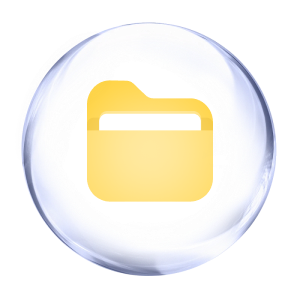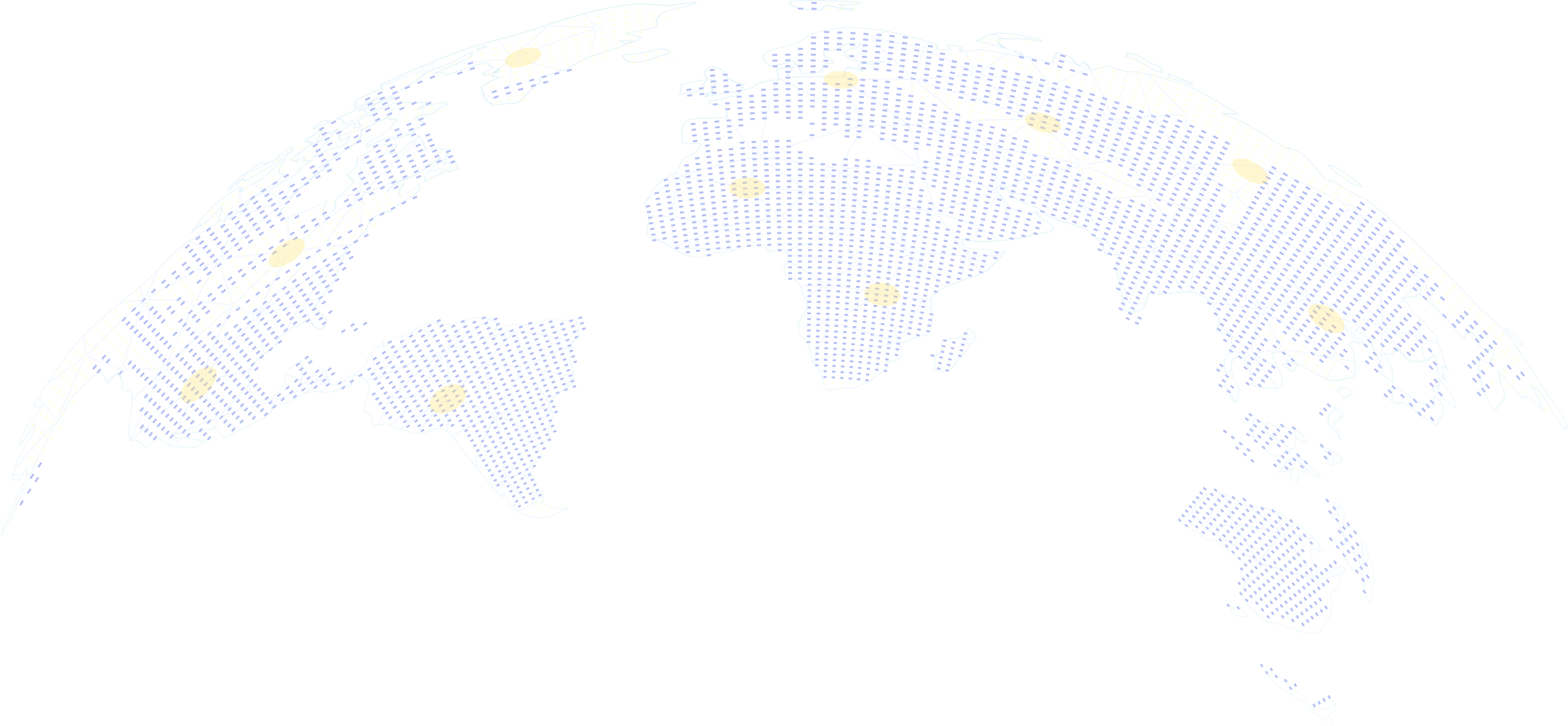

Making Ideas Count
AI Assistance and Innovative Mindset Training for Inspiring Deep Thinking


A Tribute to Every Thinker
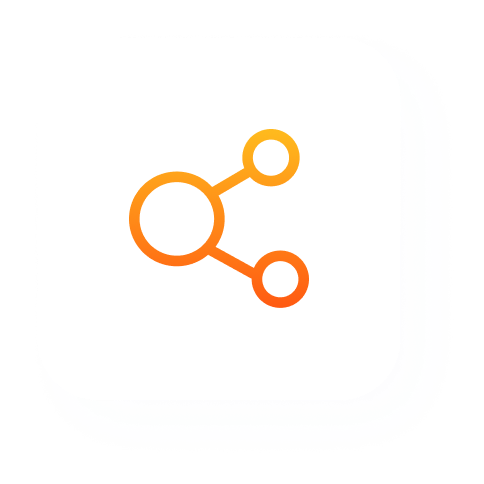 0
0Total Shares
 0
0Total Engagement
 0
0Total Documents
 0
0AI Attempts
Origin
When we begin to read and consciously understand and assimilate knowledge, we tend to record and memorize the information we are presented with in a linear, incremental way. Few individuals recognize the limitations of this linear approach, which involves adding items in a sequential manner and logging everything without distinguishing key points. The approach is time-consuming and restricts thinking to the logical and analytical left side of the brain, neglecting the vital elements of perception and imagination associated with the right side and constraining one’s capacity for creative and imaginative thinking.
Throughout the course of historical development, humans have attempted to convey their inner thoughts creatively, even as far back as prehistoric times, when they would use images on rock walls and animal armor to do so. As humans developed, drawing and writing integrated more perfectly, giving rise to more visual expressions of thought and naturally leading to the emergence of mind maps.

In the 1960s, Tony Buzan conducted in-depth research on psychology and science, neurophysiology, neurolinguistics and semantics, information theory, memory and memory techniques, and perception and creative thinking. The research deepened his understanding of the workings of the human brain and the essential conditions for optimal brain performance, ultimately leading to the groundbreaking creation of mind maps.
A mind map is a refined "mental map" that helps the brain construct a new "visual thinking pattern." Concise text, evocative images, and clear and intuitive logic create a diffuse structure that branches out from the center to combine the effects of imagination and association in the form of a map visually representing the entire thought process.
In his book Mad Genius, Randy Gage referred to mind maps as one of the best techniques for enabling the free flow of creative ideas and breaking free from mental constraints. At its core, mind mapping is an innovative process that requires nothing more than pen and paper, a canvas, and an open mind. By exploring in various directions, unconstrained by a specific logical pattern, fresh perspectives can be formed.

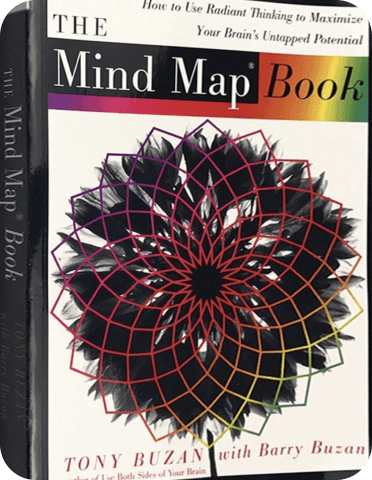
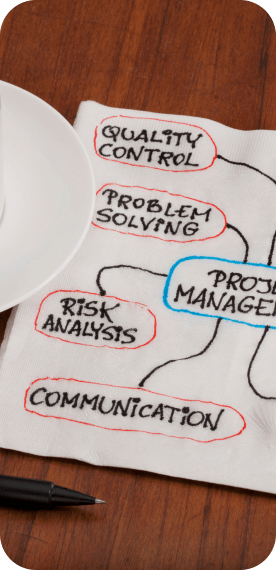

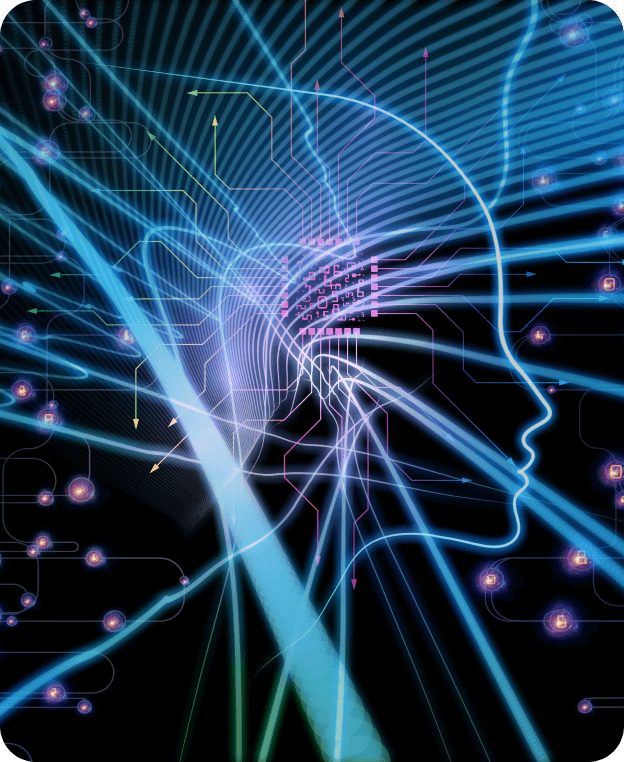
Transformation
The widespread adoption of mind maps has also resulted in some misconceptions and misunderstandings regarding their utilization. Excessive emphasis has been placed on the structure and standalone usage, limiting the beauty of thought to the dishearteningly banal organization of data and its transformation into information.
Enter GitMind, born of the original intention of eliminating the dross, clarifying misconceptions, distinguishing truth from falsehood, and popularizing and redefining mind maps.
Nature and the universe are constantly changing and evolving, and GitMind reflects the human creation and connection involved, simulating the network thinking patterns formed by the synapses and neural pathways of the brain and advocating highly personalized, divergent, flowing patterns of thought.

GitMind allows inspiration and intuition to flow naturally along the curved branches, stimulating creative thinking, broadening perspectives, continuously making new discoveries and connections, and exercising one’s intellectual and mental capacities, ultimately leading to a surge in creativity and the enhancement of brain power.
A good mind map, whether in terms of its presentation style or creative form, should be open-ended. GitMind allows the beauty of thought to transcend mere data and information. More significant than content and structure is its transformation into knowledge, its crystallization into insights, and its evolution into wisdom. Each of us is a thinker just waiting to unleash the power of thought.


Shared Pursuit
The specialized "GitMind Classroom Sessions · Public Lectures" event has spread to over 200 colleges and universities and aims to popularize and inform real-time collaborative mind mapping among millions of teachers and students. The goal is to transform students from passive knowledge consumers into active creators, fostering a culture where everyone can become a teacher and knowledge dissemination evolves from one-way flow to two-way interaction.
The perfect integration of humanities and technological education facilitates the introduction of modern information education technology into classrooms, empowering future talent and turning GitMind's innovative mind mapping into a connecting force within the learning community.
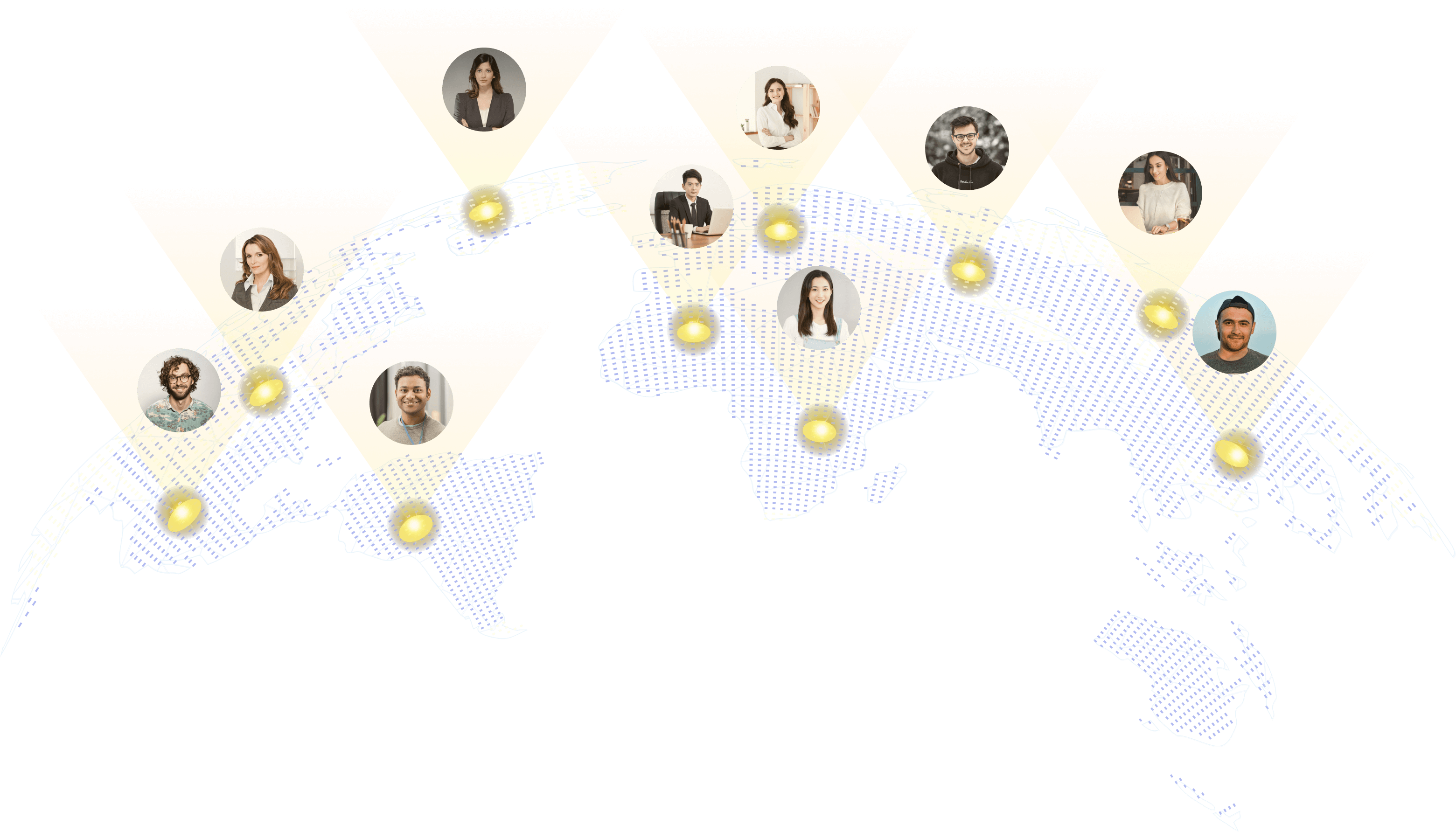

The "GitMind Cloud Office Lectures" training program has also been introduced to businesses. With GitMind, complex problems can gradually be dissected, diverged, and converged. One canvas can effectively present one's thoughts in a clear and organized manner. A picture is worth a thousand words, helping establish a smooth two-way communication mechanism.
After experiencing GitMind's thought training, many individuals have witnessed improvements in priority judgment, goal setting and decomposition, decision-making, internal communication, and public speaking skills, helping them move from the sidelines to the front lines, from being ordinary individuals to experiencing a sense of mastery and accomplishment in their control over their own thought processes, into workplace elites, pillars of their industries, and creators of extraordinary lives.
Mission
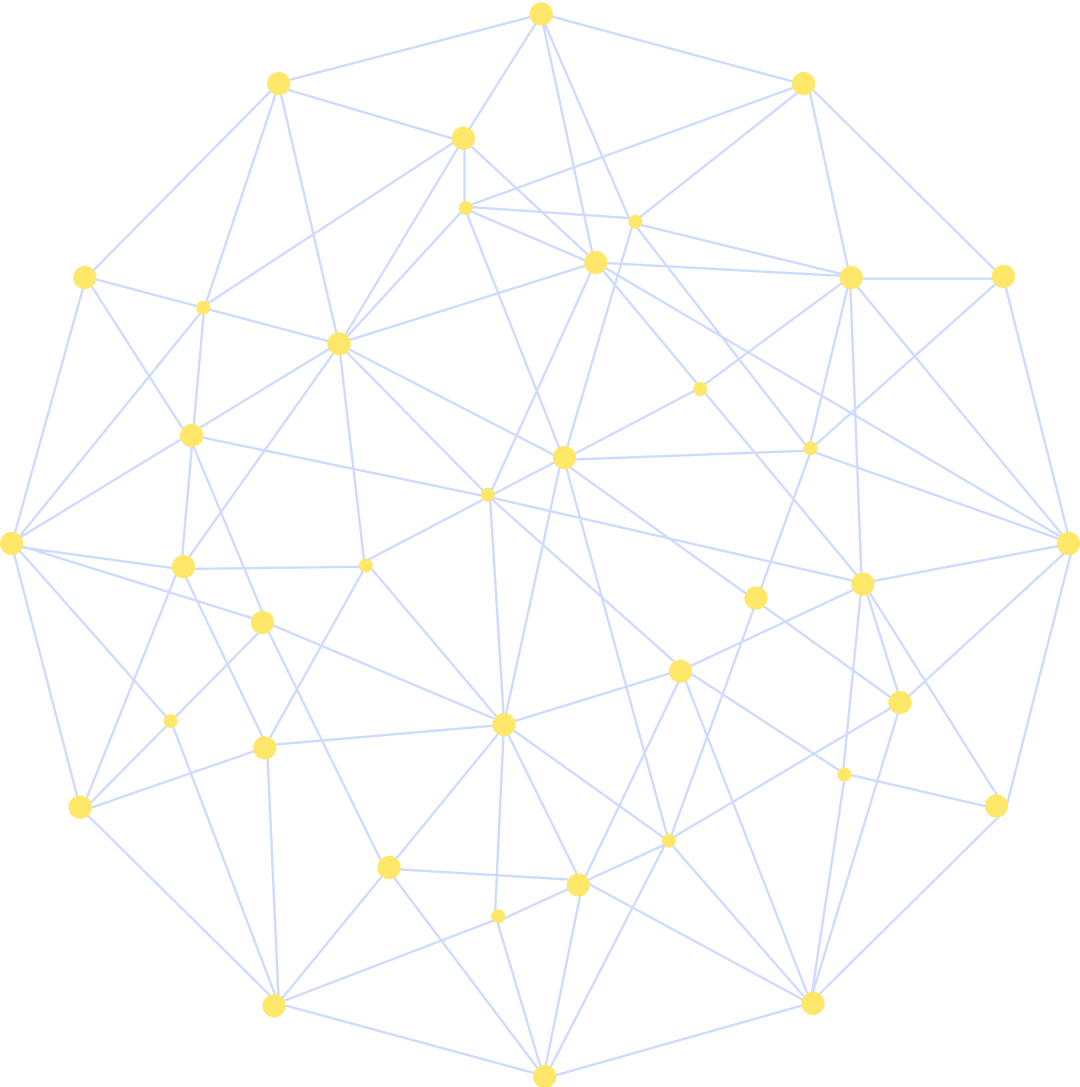
Vision


Values

Choose GitMind, an Advanced Organization

Security and Compliance
-
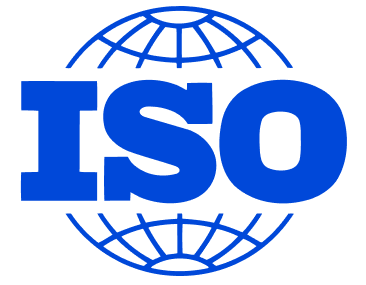

ISO/IEC 27001
ISO/IEC Security Management
-
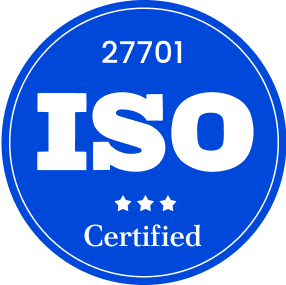

ISO/IEC 27701
ISO/IEC Privacy Management
-


GDPR
General Data Protection Regulation

